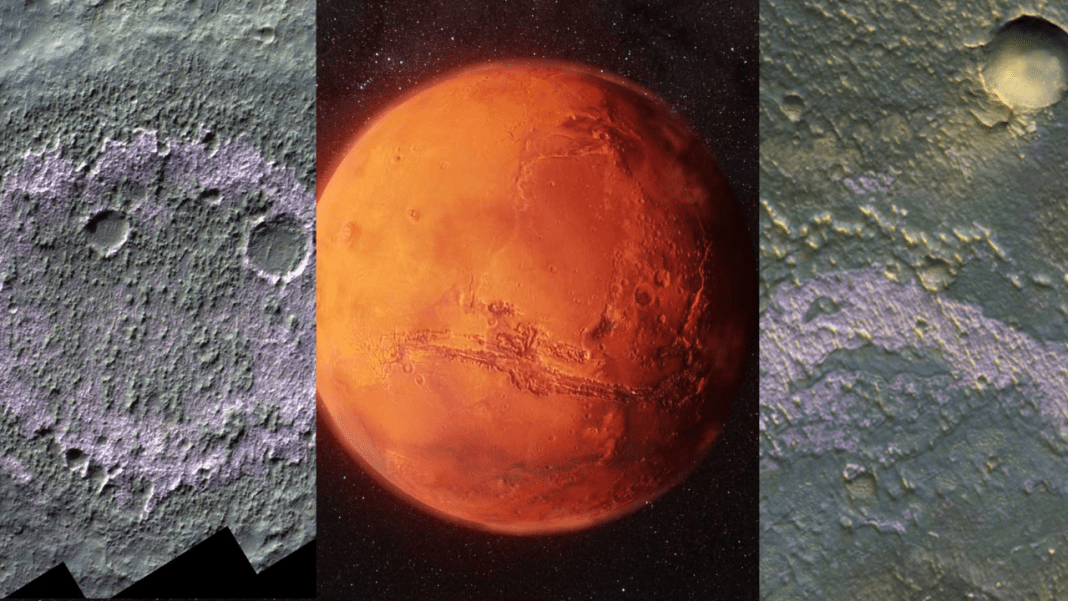ESA’s Instagram: A Treasure Trove for Space Enthusiasts
For those curious about space, ESA’s Instagram page serves as a valuable resource, frequently updated with new information on topics ranging from the solar system to distant cosmic bodies. The page is full of awe-inspiring facts that continually captivate its followers.
The ‘Smiling Scary Smiley’ on Mars
One of the latest posts features images of a peculiar “Smiling Scary Smiley” formation on the Martian surface. This smiley face is actually a deposit of chloride salts, which provide valuable clues about Mars’ geological history. These formations are helping scientists better understand the Red Planet’s past, potentially when it was home to rivers or even oceans.
Insights from Chloride Salt Deposits
The images of chloride salt deposits, captured by ESA’s ExoMars Trace Gas Orbiter, are significant for studying Mars. These deposits hint at the possibility that Mars may have been habitable in the distant past. In simpler terms, the eerie smiley face is essentially a visual clue to Mars’ ancient oceans.
The caption accompanying the photo explains that the presence of salt and the remnants of ancient oceans suggest Mars was once a habitable world. Over a thousand such sites have been discovered, shedding new light on the planet’s climate history and the potential for past life.
Public Reactions
The post has garnered thousands of likes and the numbers are still rising. Many users have commented, with some describing the image as “beautiful,” while others noted it reminded them of the iconic Jack Skellington character.
The ExoMars Program
ESA’s ExoMars program, which began with the 2016 launch of the Trace Gas Orbiter, seeks to uncover more about Mars’ past and present habitability. The second part of the mission, the Rosalind Franklin Rover, is set for launch in 2028. Together, these missions aim to answer the age-old question: Was there ever life on Mars, and could it still exist today?





